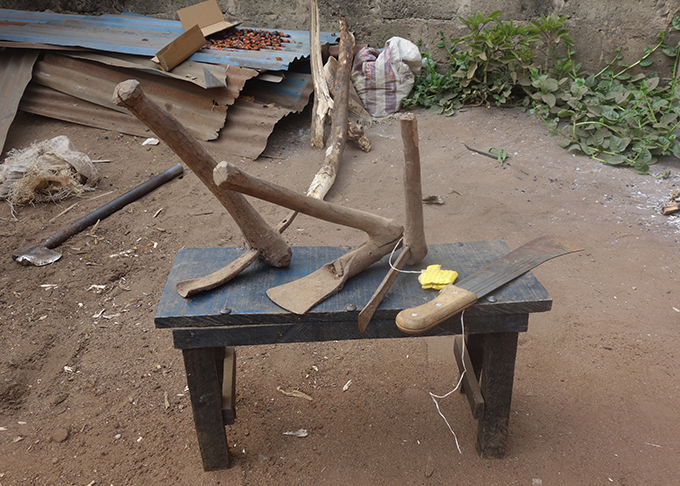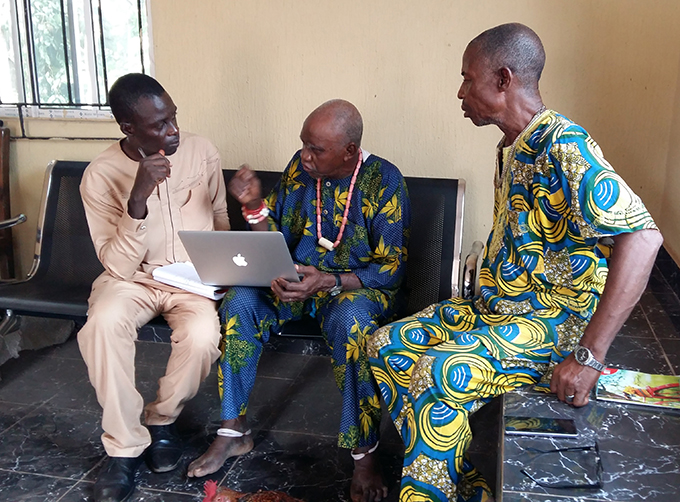
In 2018 we photographed many of the artefacts collected by Northcote Thomas during his anthropological surveys in Nigeria and Sierra Leone and now held at the University of Cambridge Museum of Archaeology and Anthropology. This allowed us glimpse into the artistic skills of the various communities in which Thomas worked. This included metal working such as bronze casting and blacksmithing, wood carving, pottery, basketry, weaving and leather working. Our engagement with these collections has led us to pursue certain lines of inquiry in our fieldwork: for instance, we are interested in who made these objects, why and how they were made, to what uses were they put, and whether these artistic practices have survived.
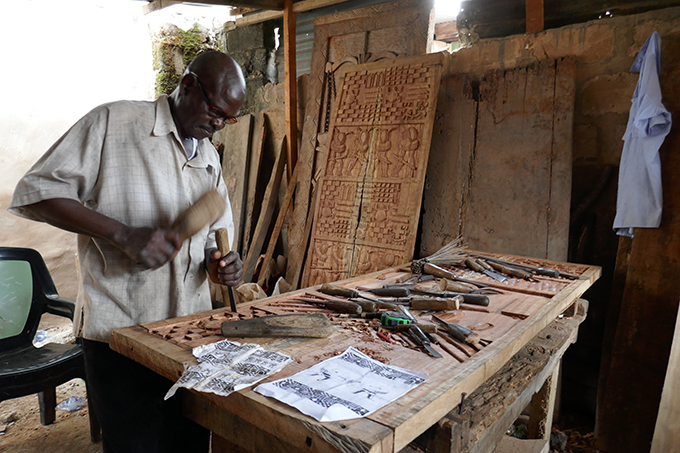
In some place, such as Benin City, we have found that traditional arts continue to flourish, as can be seen in the metal working guilds in Igun Street or the nearby wood carvers who produce works not dissimilar to those collected by Thomas over 100 years ago. In many places, however, it appears that these skills are being lost or have died out.
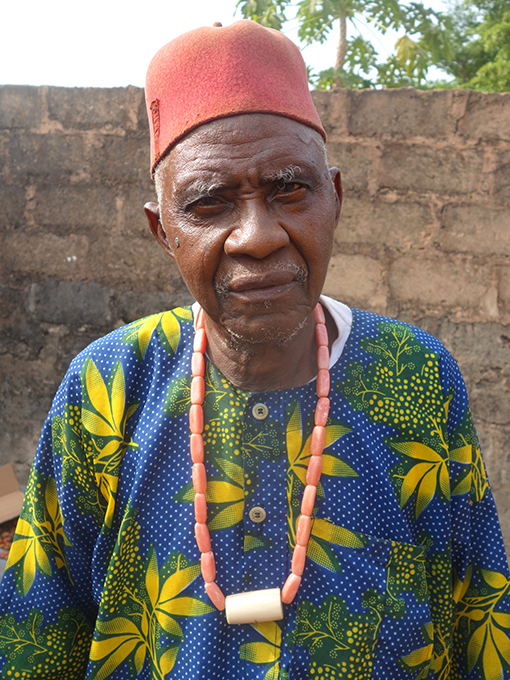
In Amansea, Anambra State, Nigeria, which Thomas visited in 1911 during his first tour among Igbo-speaking communities, we met a carver – Chief Raphael Anaemena – who also holds the Ozo title. We did not see him work; he is advanced in age and has not carved in a couple of years, but he shared interesting insight into the art. He is from the Ibe family in Amansea, historically known across the region for the art of carving.
Although we do not have record of any wooden artefacts collected by Thomas from Amansea, Chief Anaemena’s father or grandfather may well have carved the doors or shrine figures that Thomas photographed in the town. He and other carvers from the Ibe family also received commissions from neighbouring towns such as Ebenebe, Ugwuoba and Awka where Thomas did collect. There were carvers in these places too, but the works of the Ibe of Amansea were particularly sought after due to the high quality of their craftsmanship.
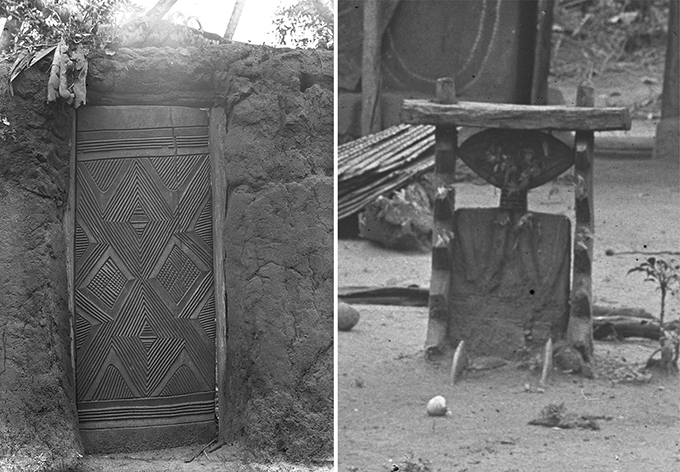
We sat down with Chief Anaemena to look over some of the photographs of the wooden objects Thomas collected in the area and benefitted from his insight into production techniques. Consider, for example, how carvers joined pieces of wood.
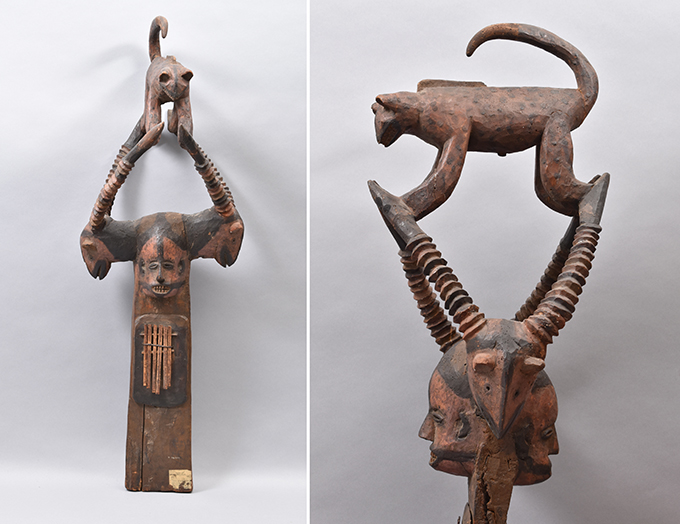
Looking at the above elegant wood carving to which a thumb piano (ubo) is attached, and which was acquired by Thomas in Awgbu, Chief Anaemena explained that some parts such as the leopard and the animal heads with horns were carved separately and then joined together. While other carvers would use glue, such as the type made of wax from a certain insect in the bee family, to join the various parts, the Ibe would achieve a better result by creating a protrusion on one piece of wood and a groove on the other wood into which the protuberance would be fitted. Another joinery technique is ‘nailing’ with thorns such as those from orange trees, palm branches or pieces of wood given nail-like shape. However, this technique only works with soft woods such as the type used in the production of the box for keeping eagle feathers which Thomas collected from Nise.
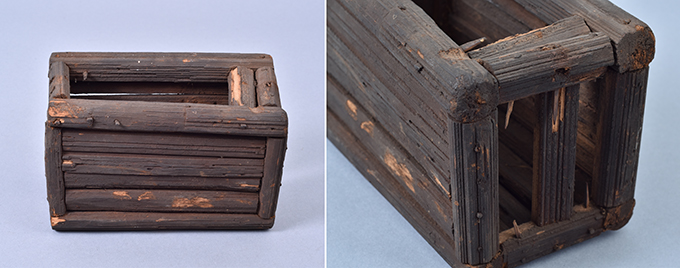
Generally, the kind of wood used for carving is determined by the object the carver intends to create. Masks for instance would be produced from light wood so that they could easily be carried by the masker. Other production specifications such as size and design are largely determined by the one who commissioned the carving. Carvers do not usually produce carvings to be kept for sale. The work is driven by demand, where the carver could even be employed for some time in his client’s home. One who wishes to have an ikenga figure made, for example, would give the carver specifications about size and the objects it would carry in its hands. However, clients could at times ask the carver to make design decisions for them. According to Chief Anaemena, it was once common to see the ikenga figure with a knife in one hand and a human head in the other as exemplified by the one Thomas collected from Awgbu.
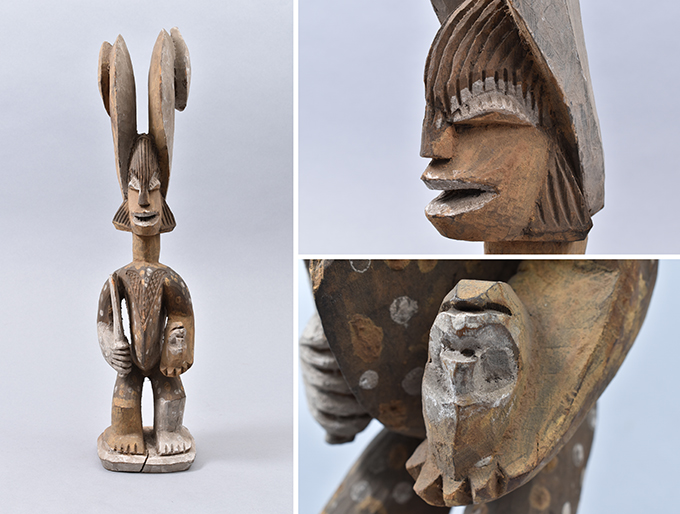
The trophy is suggestive of the malevolent side of ikenga’s power. At some point, people began to find that too fierce. Ozo Chief Anaemena explained that, in the 1970s, he began to put the ofo stick in one of the ikenga’s hands and a knife in the other to suggest ‘okpegbuo ogbuo’ (it can only kill justly). This was well received and it soon became fashionable.
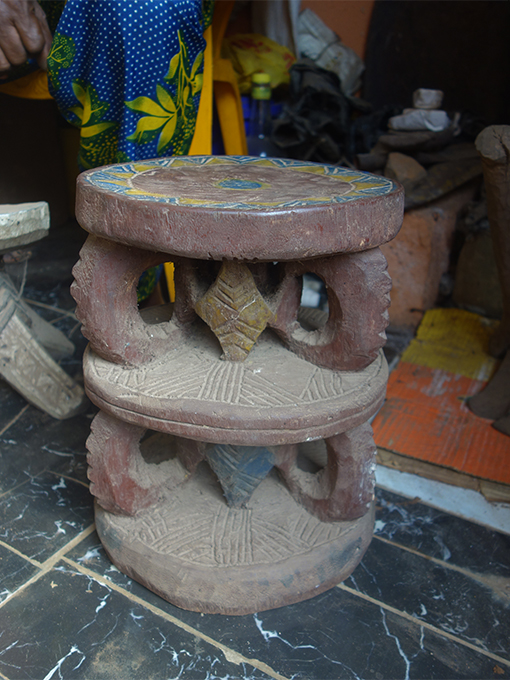
Today, Ozo Chief Anaemena does not carve anymore but he still has some of his works. An example is the stool he carved in 2013 for his Ozo title taking ceremony the following year. He also showed us some of his carving tools including nkori oshishi (for creating effects on the wood), muma (for shaping), ugama (for cutting), and mma oge (for cutting). We hope that in the course of our fieldwork we will meet some traditional carvers who still practice their art and look forward to learning more from them.
